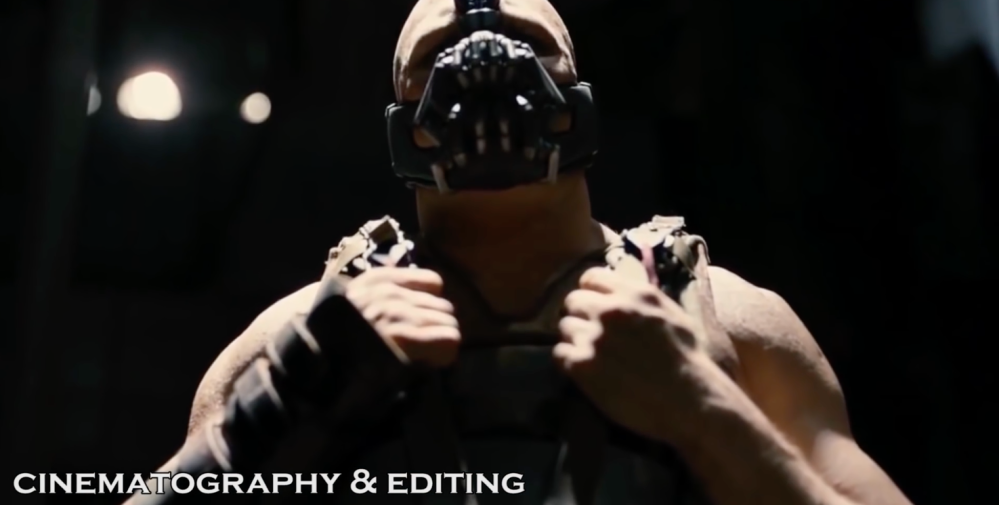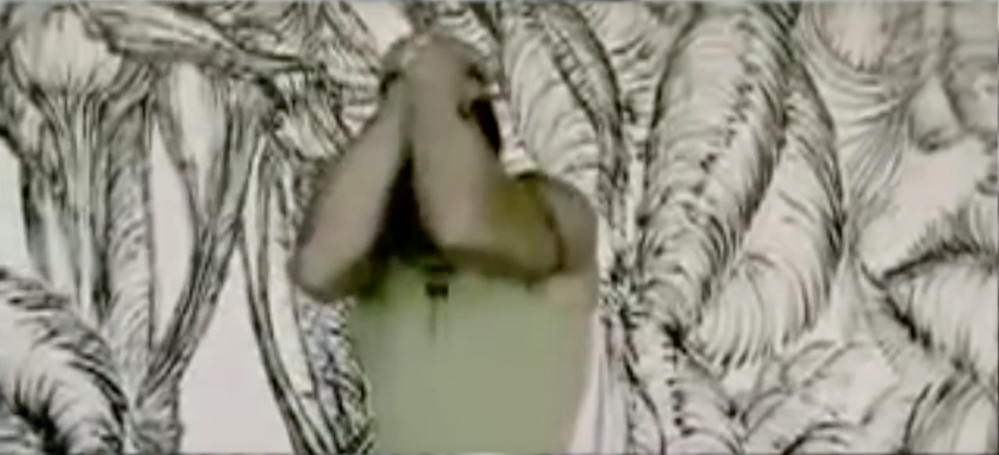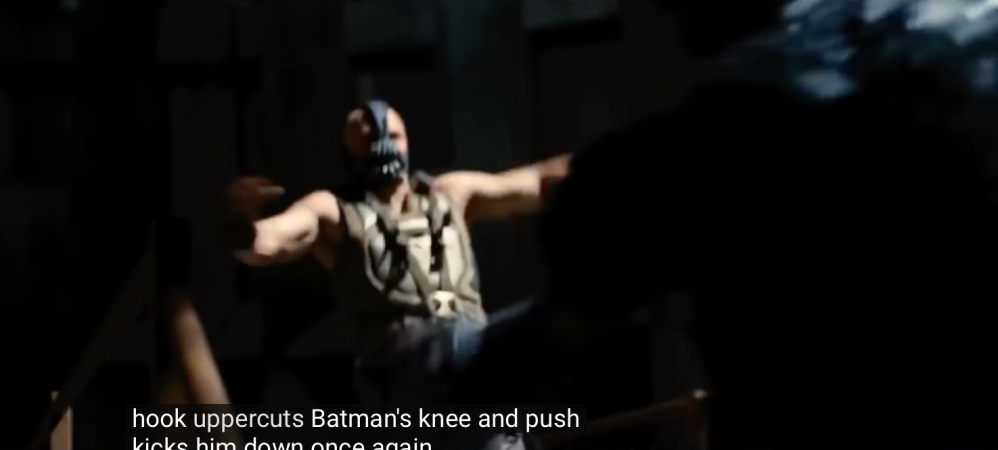After the presentation of my pre-production on 23rd March 2018. I will be expected to continue with my research through the production and post-production of my FMP. This page will act as my ongoing research and will help me during the final stages of my FMP.
No film school – Directing Actors: Common Conflicts and How to Avoid Them Article
No film school is a leading internet film website that has a community of filmmakers, video producers and independent creatives. While reading on the website I found a helpful article that shows how a director and actor can work together during the production of the film.
Superman Man of steel (2013) – Flight Scene Camera shot influence
While watching a few trailers on Youtube, I watched one of the official trailers for Superman Man of Steel directed by Zack Snyder which was released in 2013. There was one camera shot I really liked and decided that I want to use in my short film. I looked up to see the full scene for this shot.
In the flight scene clip, Superman (Played by Henry Cavill) is preparing to fly.
My idea is to use this influence when the agent (Wytt) takes a deep breath before using his binoculars to find the cyborg. Below, you will see the shot I am influenced which will appear in my short film.
Blade Runner 2049 Ruins of Las Vegas Camera Shot Influence
Blade Runner 2049 is a film directed by Dennis Villeneuve which was released in October 2017. In this clip K played by Ryan Gosling is looking through the ruins of Las Vegas to find the location of Rick Deckard.
I want to use this shot as an influence when Wyatt confronts Olympia. Below, you will see the shot that I want to achieve in my short film.
Spielberg face Camera shot influence
I watched a video essay on the Spielberg face, a camera technique filmmaker Steven Spielberg likes to use in his films. This video goes in depth about the history of this camera technique and how Steven Spielberg used it to its full potential in his films.
The way this shot works is by using a dolly and zooming in. I hope to use this camera technique when Wyatt finds Olympia/Juniper. Furthermore, I want Wyatt to have a surprised facial reaction when he finds Olympia/Juniper as it will show he has finally located the cyborg.
To show an example of what I want to achieve it can be seen below.
The Dark Knight Rises – Batman Vs Bane Fight Shot Sequence influence
The Dark Knight Rises is a 2012 superhero film directed by Christopher Nolan. In this clip Batman (Bruce Wayne Played by Christian Bale) is fighting against Bane (Played by Tom Hardy).
In my short film, my main characters Wyatt and Olympia will be having a short fight against each other. Below, you will see some shots that will influence the shots in my film.
To make sure this fight scene is filmed correctly , looks realistic and make sense for the story and cinematography in my film I did more research about the fight choreography for this fight.
A youtube channel called Gollizarex went into depth on how they created the fight choreography, cinematography and editing.

As I was watching the video I learned about what shots and edits Christopher Nolan wanted to achieve in this fight scene. He used a combination of wide, close and medium shots to emphasise the character.

I also learned the fighting style that was used to. The fighting style is called Kesyi and it is based on the natural reaction of humans shielding their head. Batman uses this fighting style when he is fighting bane.
Another fighting choreography technique I learned was the push kick which also be featured in the small fight scene in my film. Below, you can see I captured a screenshot of Bane Kicking Batman.

Blade Runner 2049 – Replicant Dreams Inspired SoundTrack by Vitaliy Zavadskyy
Vitaliy Zavadskyy is a Canadian composer who created a soundtrack called ‘Replicant Dreams’ after being inspired to create something by the Blade Runner 2049 soundtrack.
This soundtrack has been used in my test shot and might be used in my final product. I have not yet decided where to place this piece of the soundtrack in the placement of my film.
I am considering to use this soundtrack for my final product because I really liked the feel of this piece. During my pre-production presentation my class commented on how they liked the soundtrack I had chosen to use in my test shot and how it made it have an epic feel to it.
Cinematography Database – Exposure Triangle Video
Cinematography Database is a Youtube channel that teaches about cinematography.
One of their videos I watched was very useful as it was about the exposure triangle and how it can help you during the pre-production and production stages of your short film.
This video explains how the exposure triangle works and how it relates to: Shutter, ISO and Apture.
Hothardware Article: Google AI Futurist Envisions Cybrog Uprising Within 20 Years
This article by Paul Lily discusses how a Google fururist called Ray Kurweil predicts that AI will take over the world by 2030.
Ray Kurzweil explains that AI will become a massive part of the world by 2030 and explains how it play its role within the world.
An example of this is when he said how medical robots will connect humans brain to smartcloud by 2029.
What have I learned from this article?
I have learned what year in the upcoming decades AI is expected to play a huge role in the world.
Since I read this article I have decided to set in my in 2030 instead of the year 2100 because it will be a lot more easier and simpler achieve. In addition, in my FMP feedback my audience stated I needed to be careful on the time period I set my film in. So I instead decided to set it in 2030 upon my presentation feedback and as I read this article.
No film school video article: Learn 5 Clever Cinematography Hacks in Less Than 3 Minutes
A No film school article writer called V Renee did an article and linked a video she found that will be useful for people who are aspiring cinematographers. I looked at the video for myself to see If I can learn anything from it and apply it to my FMP.
The video was created by a Youtube channel called Cinecom.net which shares the experiences of cinematography through tutorials, online courses and blog posts.
In this video the host Jordy Vandeput goes over five cinematography hacks that will help with your cinematography.
An example he gave was using a mirror to create a powerful reflection.
I think this article is useful because I can use other tools to help me with my cinematography. However, I feel like it depends what types of shots I want to create for my cinematography and how I will use these to tools to help me in what I am doing.
Steven Spielberg Over the Shoulder Shot Research
As part of my Unit 12 I had to write an appendix that says what I have learnt from my Auteur essay and applying what I have learnt to my FMP.
One of the Steven Spielberg’s Auteur traits he used that I hope to apply to my FMP was his over the shoulder shots that emphasise a critical moment or give a feeling or dominance.
I read this information on a blog by Nadin Moussa (Blogger). Blog Link
I was interested to understand more about this technique he uses. I read a blog post by lavideofilmaker.com that went into depth about the over the shoulder shots he uses.
The Good, the Bad and the Ugly ending influence
The Good, the Bad and the Ugly is a epic spaghetti western that was released in 1966 and directed by Sergio Leone. In this clip, three characters Blondie (played by Clint Eastwood), Angel Eyes (played by Lee Van Cleef) and Tuco (Eli Wallach) face off against each other in a final duel.
I was interested to see a breakdown of this scene and I found a website called the Nerdist that had an article by Kyle Henderson that links a video by Max Tohline that does a video essay on the techniques Sergio Leone uses in this film.
Max Tohline said that one of the best camera techniques at the start of the film is a els (extreme long shot) of a hillside in the west but then the director plays a trick on the audience by turning the shot into a ecs (extreme close up shot) as an actor comes into frame.
An important part of the video is his breakdown of the trio scene where the three characters face off against each other. Max explains how Sergio Leone uses three ideas for his editing in this scene which are: mathematical pattern, expressing thought and musical rhythm.
For the mathematical pattern after Sergio Leon uses two es (establishing shots), he then reestablishs the three characters and their positions. The way he uses the mathematical pattern is using the three characters as objects (good, bad and ugly). The pattern starts with three waistline ms (medium shots) connected by eyelines matches the order is (u,b,g). An eyeline match is when an editor cuts from a character looking to what they are looking at.
Max also explains to pay attention to where the characters are looking as it will communicate their relationship. The scene is then reestablished using three os (over the shoulder shots) good looking at ugly and ugly looking at bad. There are then three cs (close ups) of their weapons (b,g,u). Next, is three cs (close ups) of (u,g,b) that shows their eye line matches. Following that there is three tighter close ups of (g,b,u).
For the next pattern, Segio Leone uses editing to foreshadow what will happen next and give insight into what the characters are thinking. Before he does this, he overlaps the old pattern showing the final arrangement of the characters (b,u and g). Over the course of this pattern, Max says how Sergio Leone uses the shots in this pattern in a certain order for the characters. An example of this is the amount of shots good gets which are seven of of twenty five. Good knows how the final duel will end.
Another example, is the amount of shots bad gets which are (ten out of twenty five) close up shots are used to show how worried bad is about the duel and coming to terms of him losing the standoff because of good and uglys alliance.
For the final pattern, Sergio Leone makes the editing faster to match it up with the music. An example of this, is when the next seven shots become ecs (extreme close up shots) empashing the eye line between good and ugly. The cuts become slightly faster a long with the music.
The climax of this scene is for one of the characters to fire. Six camera shots bring this scene to a close and they are: two ecu (extreme close up), two cu (close up), ms (medium shot) and els (extreme long shot). The editing decelerates and the camera goes back to its original shot which creates the ending for this scene.
Before Max finishes his commentary for this video essay he says that editing is meant to create relationships between shots. The relationships are meant to be space and temporal. Most cuts in Narrative cinema establish the action of where the space takes place and give the impression of the flow of time. An example of this he gave was during the trio scene in which the eyeline matches between the characters continue to establish the layout of the space and the accumulation of shots give a sense of the flow of time.
He also says editing can be used to its full potential when filmmakers know how to use it too.
What have I learned from this and how will I apply it?
I have learnt how editing can be used to its full potential when someone knows how to use it and how it works with camera shots as well as music.
I will apply what I have learnt from my analysis of the trio scene and use it for the build up to the fight between my two characters.
Blade Runner Soundtrack End Titles By Vangelis
The original Blade Runner (1982) soundtrack is composed by a Greek electronic composer known as ‘Vangelis’. The genre for this soundtrack is ambient music.
Vangelis is a Greek electronic composer who mainly works with electronic instruments. He has composed soundtracks for the following media products: Blade Runner franchise, Chariots of fire and Alexander.
The video I have linked is the end titles soundtrack Vangelis created for the original Blade runner film. I am considering to use this as the ending soundtrack for the ending or credits for my short film. I want use this piece of soundtrack because I feel as if it will suit my short film and I enjoyed listening to it during my spare time.
War of the Worlds Soundtrack Epilogue by John Williams
War of the Worlds is a 2005 science fiction horror film directed By Steven Spielberg. The soundtrack to this film was created by one of his most frequent collaborators John Williams.
John Williams is an American composer who has composed famous film scores for well known films such as: Jaws, The Star Wars series, Close Encounters Of The Third Kind, ET and The Indiana Jones Series.
In my unit 12 study I mentioned in my appendix that I wanted to use one of John William’s soundtrack as part of my short film. While researching about what soundtracks he composed I came across a soundtrack he composed for War of the Worlds. The soundtrack I researched and listened to was the epilogue to the film.
I really enjoyed listening to this soundtrack as I feel it would also be another potential choice to use for the end of my film and I visualised it fitting really well.
10 Tips that will make your products more cinematic by Mathieu Stern
Mathieu Stern is a french photographer and filmmaker who owns a YouTube channel dedicated to photography and filmmaking.
I watched a video of his a while go that showed how to make your media products look more cinematic. The video breaks it down into 10 steps which are the following.
- Frame your shots by using the rule of thirds.
- Create a shallow depth of field by using a lens between F3.5 and F1.2.
- stabilize your moving image by using a 3 axes gimbal or a glidecam.
- Use a wrap stabilizer in editing softwares such as Adobe Premiere.
- Add cine bars.
- Colour grade your footage by using lumetri colour pallet .
- Slow down and convert your footage to 24fps.
- Don’t blow out your highlights make sure your imgage is well exposed and is not overexposed.
- Use a slider to create depth.
- Use cinematic fonts such as: Bold, Museo Sans, Roboto, Didot, Adam pro, Cavirar Dreams and Banda.
DSLR Guide Filmmaking Videos
The YouTube channel DSLR Guide is a filmmaking YouTube channel run by Simon Cade (the owner of the channel).
I have now become a regular watcher of his channel and his videos give very good insight into filmmaking.
Below, you will see a link to a couple of videos I have watched that become useful to be as I am progressing through my FMP.
Tips
Production Links
Cinematography
Lighting
Audio
Post – Production Links
John Williams Soundtrack’s for my final product
As I have mentioned in my unit 12 appendix I wrote about what I would like to apply to my FMP. One of Steven Spielberg’s auteur traits I will use is a soundtrack by John Williams. Below, you will see the soundtracks that I will use in my final product.
Close Encounters of the Third Kind Barry’s Kidnaping
You must be logged in to post a comment.